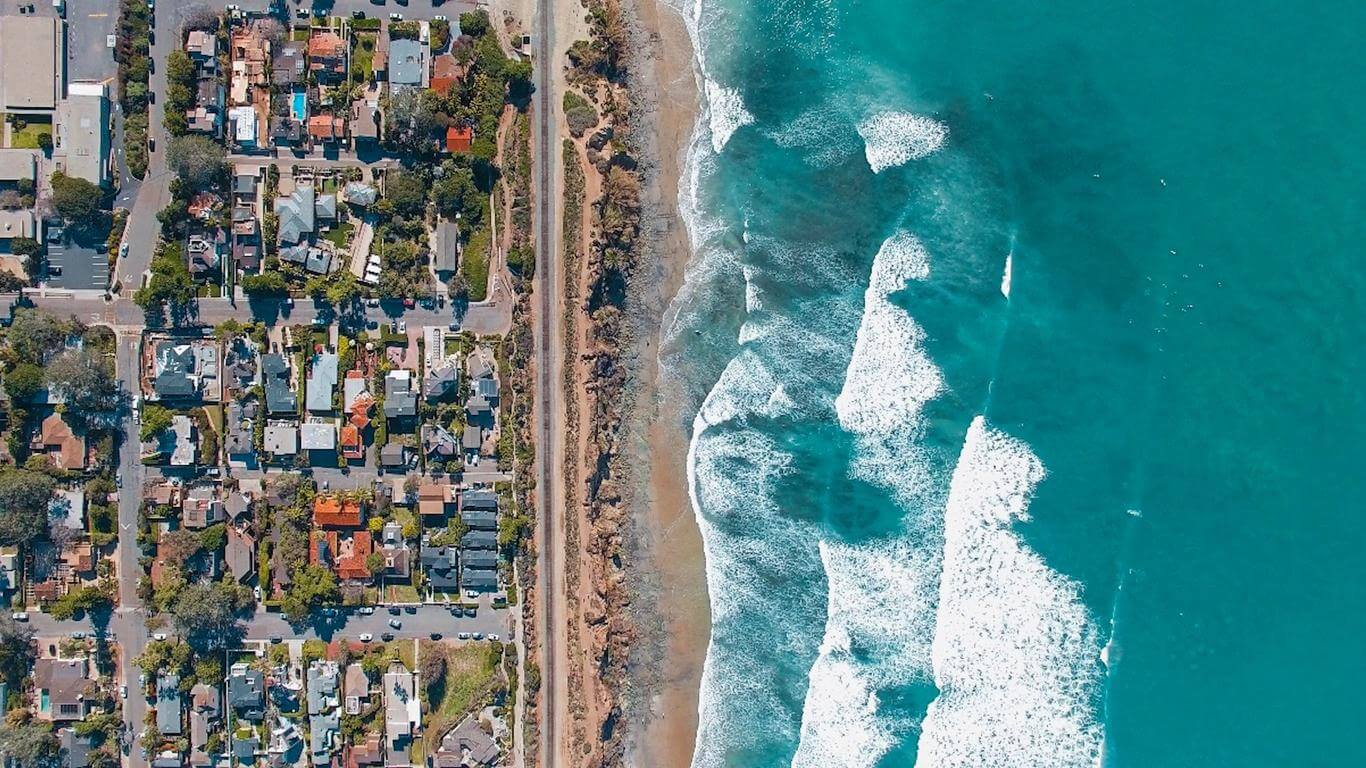What are Accessory Dwelling Units?
ADUs are secondary housing units on single-family lots. They provide homeowners with cost-effective housing options and expanded living spaces without buying new property. They also provide additional living space and can help address housing shortages. ADUs are also known as ‘secondary units’, backyard cottages, 'granny flats', or ‘in-law units’.
ADUs can be detached, attached, or converted spaces within the main house.
New California ADU Laws
Types of ADUs Allowed
Detached ADUs
These are separate from the main house. They offer complete independence for occupants.
Attached ADUs
These are connected to the main house, sharing at least one wall with the primary residence.
Junior Accessory Dwelling Units
Junior accessory dwelling units (JADUs) are separate living spaces within a single-family residence. They have specific size limits, typically not exceeding 500 square feet, and must have a separate entrance from the main house.
Basic Design Standards
ADUs must match the design, color, materials, and roof style of the primary residence to ensure aesthetic harmony with the main house.
A separate exterior entrance is required for attached ADUs in Solana Beach. Such a provision provides privacy for both the main house and the ADU occupants.
Size and Setback Requirements
ADUs can be located in residential zones, which are areas zoned for single-family or multifamily residences. Detached and Attached ADUs can be up to 1,200 square feet. A unit of this size allows comfortable living space while ensuring it remains secondary to the main house.
Setbacks are implemented to ensure privacy and space between neighboring properties. ADUs must be set back at least 20 feet from the front property line. The visual appeal of the street remains as a result of this requirement. For the side and rear yards, ADUs regulations in Solana Beach require a minimum setback of 4 feet.
Height Requirements
Detached ADUs call for a maximum height of 16 feet, which guarantees that the structure blends in with the existing layout of the neighborhood.
Attached ADUs must not exceed the height of the primary residence. The reasoning constitutes that the ADU blends with the main house.
Parking Requirements in Solana Beach
One parking space is required per ADU, helping manage the increased demand for parking and minimizing street congestion.
Exceptions include:
- If the ADU is within half a mile of public transit, encouraging the use of public transportation.
- If it's part of an existing primary residence or an existing accessory structure, recognizing that no additional space is being created.
- If on-street parking permits are required but not offered to the ADU occupants, ensuring fairness in parking availability.
- If there is a car share vehicle located within one block of the ADU, supporting shared transportation options.
These exemptions serve as efforts to reduce parking demands and promote sustainable transportation options while accommodating ADU development in Solana Beach.
Fees and Permit Process
Building permits are required for all ADUs to guarantee that construction meets safety and building standards. Applications must include detailed plans and comply with local building codes, covering structural, electrical, plumbing, and mechanical details.
Development impact fees are waived for ADUs smaller than 750 square feet, making smaller ADUs more affordable to build. Larger ADUs may incur fees based on their size to help cover the impact on local infrastructure and services.
Additional Considerations for ADUs
The latest legislation has revised owner occupancy rules. Currently, there is no requirement for the property owner to live on-site in either the main house or the ADU. This revision provides flexibility for property owners when it comes to rentals.
Short-term rentals (less than 30 days) for ADUs in Solana Beach require special permitting. The city requested an appropriate short-term rental application form to be filled out.
Benefits of ADUs: Affordable housing
ADUs provide several benefits to homeowners and the community. These dwellings increase housing options in the city and offer affordable living spaces. They provide a source of rental income for homeowners, helping with mortgage payments or property taxes.
Thus, ADUs help meet the housing demand in a growing area, contributing to the local economy. They also provide flexible living arrangements for extended family or guests.
Challenges and Considerations for ADUs
Building an ADU involves careful planning and consideration. Homeowners must consider the costs involved in construction, including materials, labor, and permits.
Zoning laws and building codes must be carefully followed to ensure compliance. The impact on the neighborhood, including parking and privacy, should be considered.
When building a detached ADU in Solana Beach, specific considerations include design and construction requirements around wooden frame construction, open floor plans, large windows, and prefabricated options, all subject to inspection and regulations from the California Department of Housing and Community Development.
It’s essential to work with professionals, including architects and builders, to ensure the project is completed successfully.
Ready to Build A Custom ADU?
Building an ADU in Solana Beach can be a great investment for homeowners. It increases property value and provides additional housing options. By following the regulations, you can ensure your ADU project is compliant and successful.
With over 30 years of experience in custom home and factory building, Proteus Homes delivers optimized off-site fabrication services. Our designers are dedicated to making informed decisions to customize and personalize your ADU.
Ready to start your ADU journey? Contact Proteus Homes today and let us help you turn your dreams into reality!

